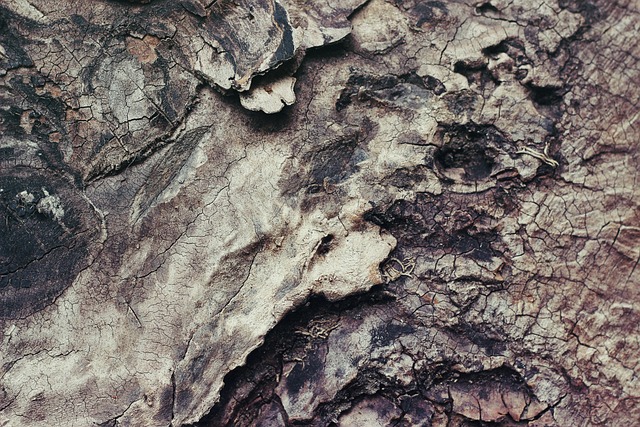Desertification is an issue that quietly but relentlessly whispers through our ecosystems, much like the sound of bark cracking underfoot when you walk through a dry forest. It’s an insidious process that transforms vibrant landscapes into barren wastelands, stripping away not just the earth’s riches but also our hope for a sustainable future.
Imagine a thriving forest, where trees stand tall and proud, their bark rough and resilient against the elements. This forest is a sanctuary for wildlife and a crucial player in regulating our climate. However, as desertification creeps in, this same landscape can start to look desolate, with trees wilting and wildlife fleeing. The bright greens and browns are replaced with muted grays and browns, a stark reminder of what has been lost.
When forests are stripped away, so too are their capabilities to act as carbon sinks. Trees absorb carbon dioxide, a primary greenhouse gas contributing to climate change. As these vital ecosystems disappear, the amount of carbon dioxide in our atmosphere increases, exacerbating the very climate issues we strive to combat. It’s like barking up the wrong tree, thinking we can simply plant new ones without addressing the root causes of desertification.
Furthermore, the consequences extend beyond the loss of trees. Desertification sends shockwaves through the soil, eroding its richness and leaving it incapable of supporting crops. Communities dependent on fertile land face food insecurity as their resources dwindle. The bark of the earth—the soil—is peeling away, exposing vulnerabilities that threaten livelihoods and futures.
As we witness extreme weather events, from scorching droughts to devastating floods, it becomes evident that desertification is not just an environmental issue, but a humanitarian crisis as well. Each cracked piece of bark underfoot resonates with the struggle of many communities who are directly affected by these changes. When the environment deteriorates, so do our chances of adapting to the escalating climate crisis.
In our fight against these challenges, recognizing the connection between desertification and climate change is crucial. We need to nurture our remaining forests, restore degraded lands, and implement sustainable practices that honor the earth’s bark, the protective covering that nurtures life. It starts by listening closely to the environment’s cries for help and understanding the delicate balance we must strive to maintain.
Each step we take towards reversing desertification is a step towards healing not only the earth but also our climate. It’s time to stop barking up the wrong tree and start making choices that lead to regeneration, resilience, and a vibrant, sustainable planet for all living beings.


